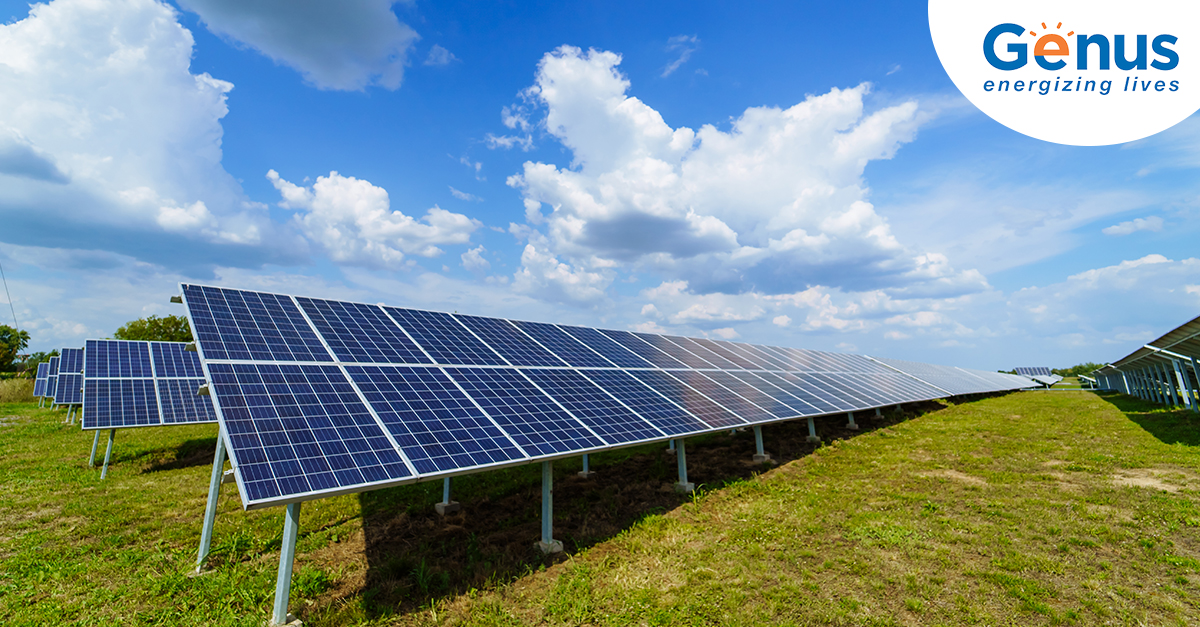
The COVID-19 pandemic has changed the way we see and experience the world. Last year had been extraordinarily tough on businesses and the economy. However, this year, industries across verticals are emerging rapidly from the economic slowdown and it is no different for solar technology. As per industry experts, the Indian solar market is expected to grow at a CAGR of over 40% between 2020 and 2025. The key factors driving the solar energy trends include lowering the cost of the solar module and the government policies that allow 100% foreign direct investment (FDI) in the sector.
Let’s look at the solar power trends that will shape the future of the sector in 2021:
Solar Panels are Back in Demand
Although the demand for solar panels had dipped last year, the solar market is gradually picking up the pace. The reopening of the businesses and industries is fueling the solar industry. Solar manufacturers and installers can expect a steady surge in demand in the next few months. However, it may take a year before the demand is back to pre-COVID times.
Booming Data Centres
Many companies are moving towards cloud storage after realising the huge savings of it. The trend is expected to continue in the future, creating a huge demand for data centres. Realising the potential, several cloud solution providers are emerging as well. Many of the data centre firms are committed to 100% sustainable energy. Hence, solar manufacturers have a lot to benefit from the growth of cloud providers.
Artificial Intelligence (AI) and Digitalisation
The widespread adoption of digitalisation and AI are among the top solar trends. Renewable energy generation relies on regular surveillance and standard checks which can get challenging at times. Digitally-controlled drones and robots can not only address the above-mentioned challenge but also help in saving human cost and effort.
Machine learning is one of the key solar industry trends. New software and advanced processors are helping businesses to explore the ultimate potential of the technology in the solar sector.
Blockchain
Blockchain can facilitate and record energy transaction. The high level of transparency and security make blockchain an ideal technology for various industries including solar. The technology will allow solar firms to develop blockchain products. This will ultimately save energy by potentially facilitating automation, reducing transaction cost and generating new revenues for solar firms and manufacturers.
Solar Automobiles
With the advent of electric vehicles (EV), the biggest challenge lies in setting up charging facilities for them. As of now, there are not enough charging stations for EVs. The inadequate infrastructure can be a blessing in disguise for the solar industry. Apart from countering the charging overheads, solar technology can also alleviate environmental concerns associated with fuel-driven vehicles. Vehicle manufacturers are inclined on using technologies that have minimal environmental impacts. Thus, solar automobiles will be among the key solar energy trends in 2021 as well as in the years to come.
Micro-Inverter Technology
Micro-inverters transform direct current in PV systems to alternating current. The new technology is significantly better than the conventional string units. Micro-inverter technology is more flexible and has better yield optimisation. The best part about micro-grid inverters is that they are designed to measure each system’s optimal voltage and produce maximum peak power voltage. The above feature offers a much higher efficiency as compared to the conventional inverters.
The above trends in the solar industry are expected to turn the tides in favour of solar firms and manufacturers.
